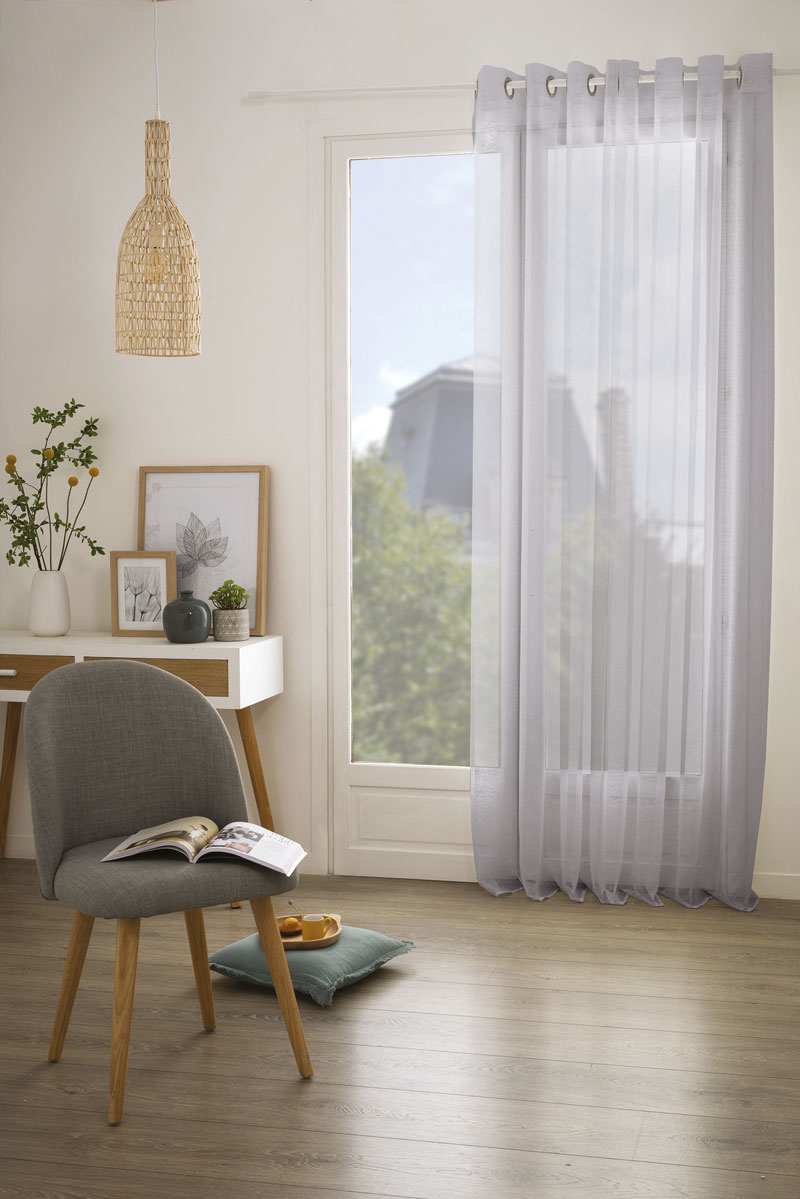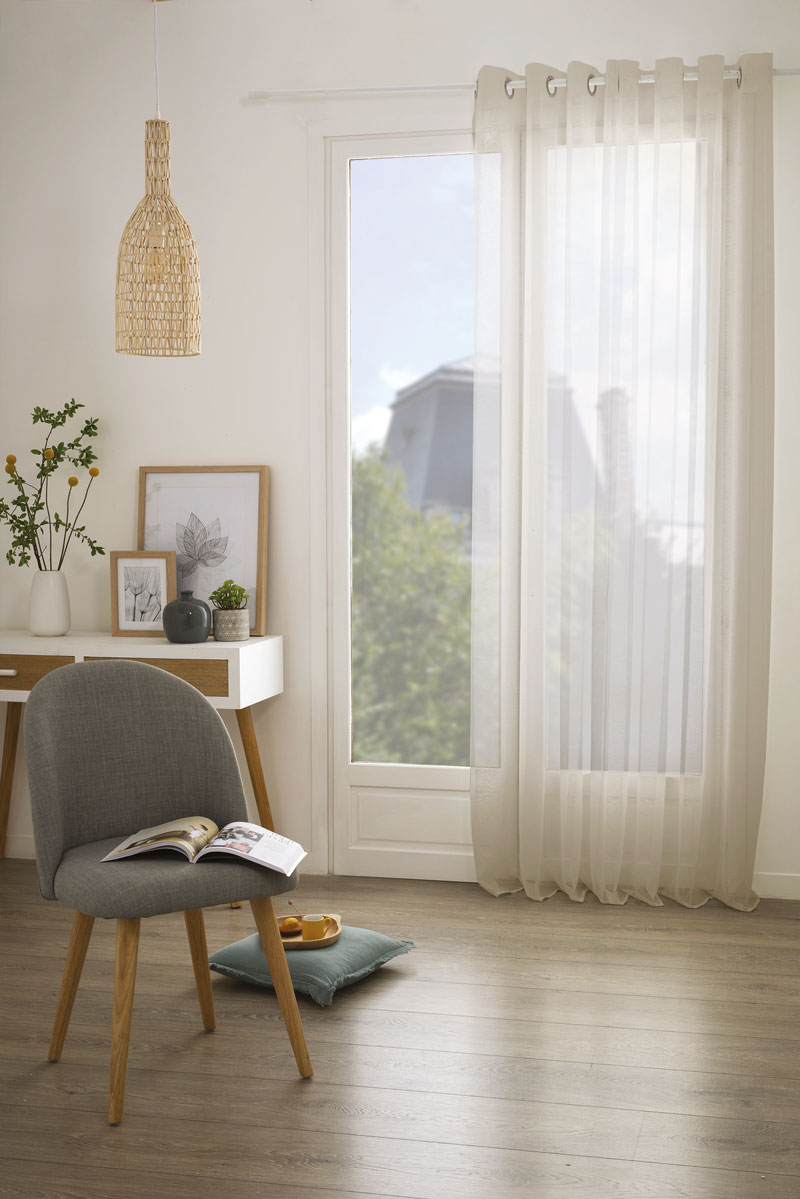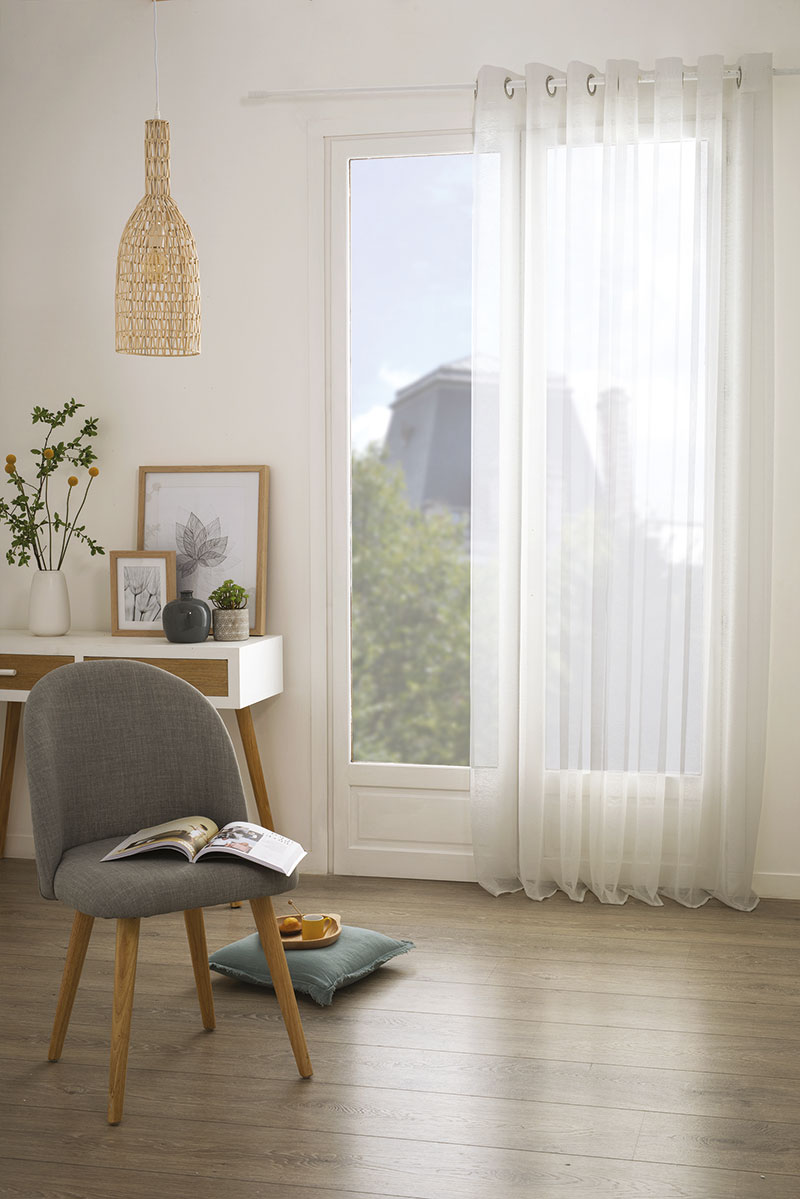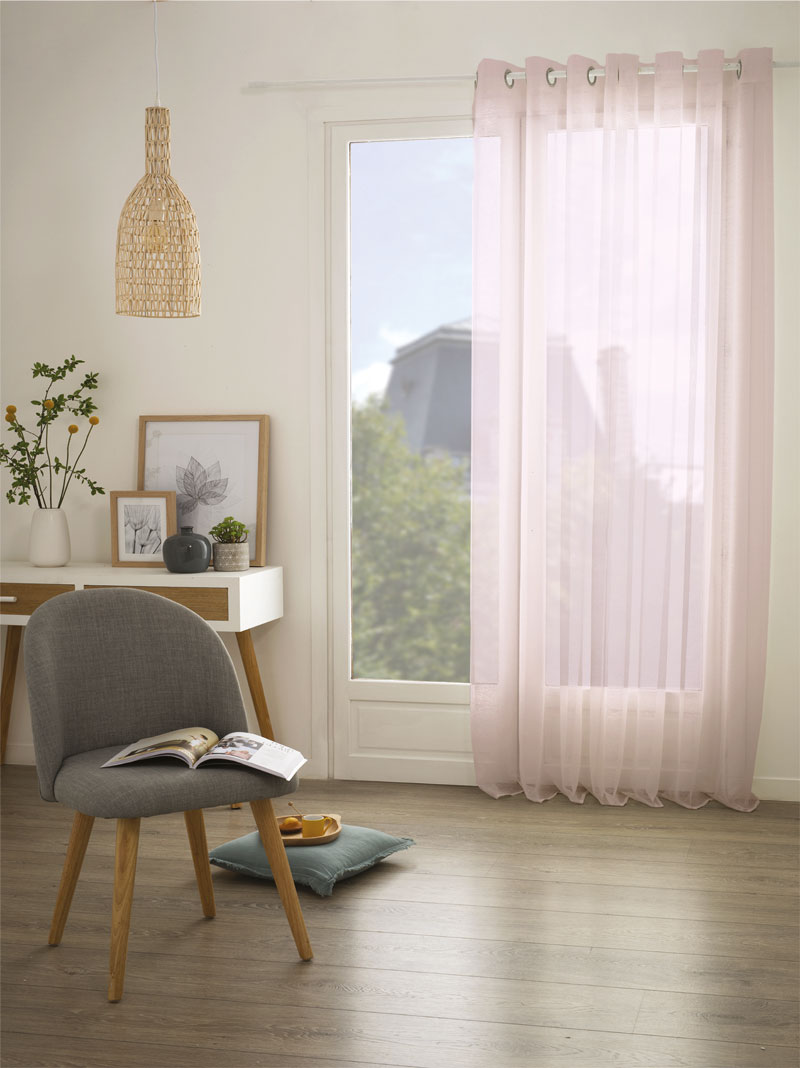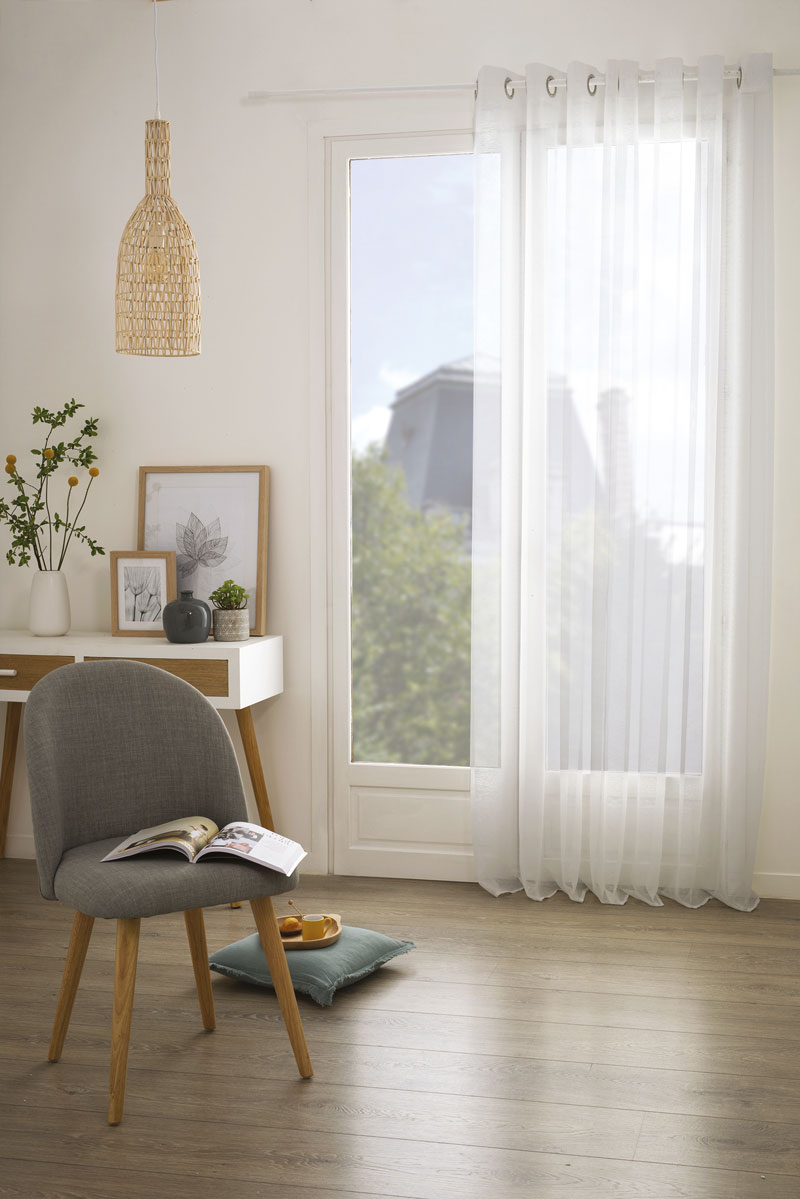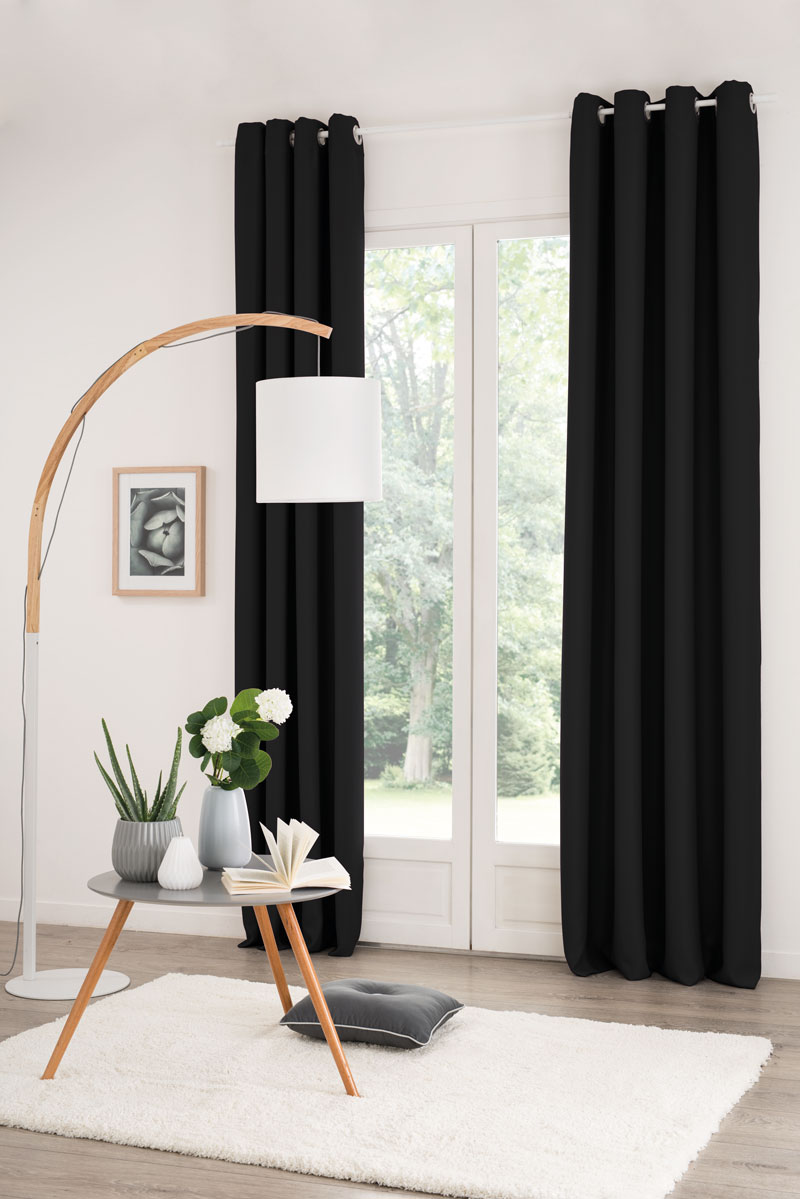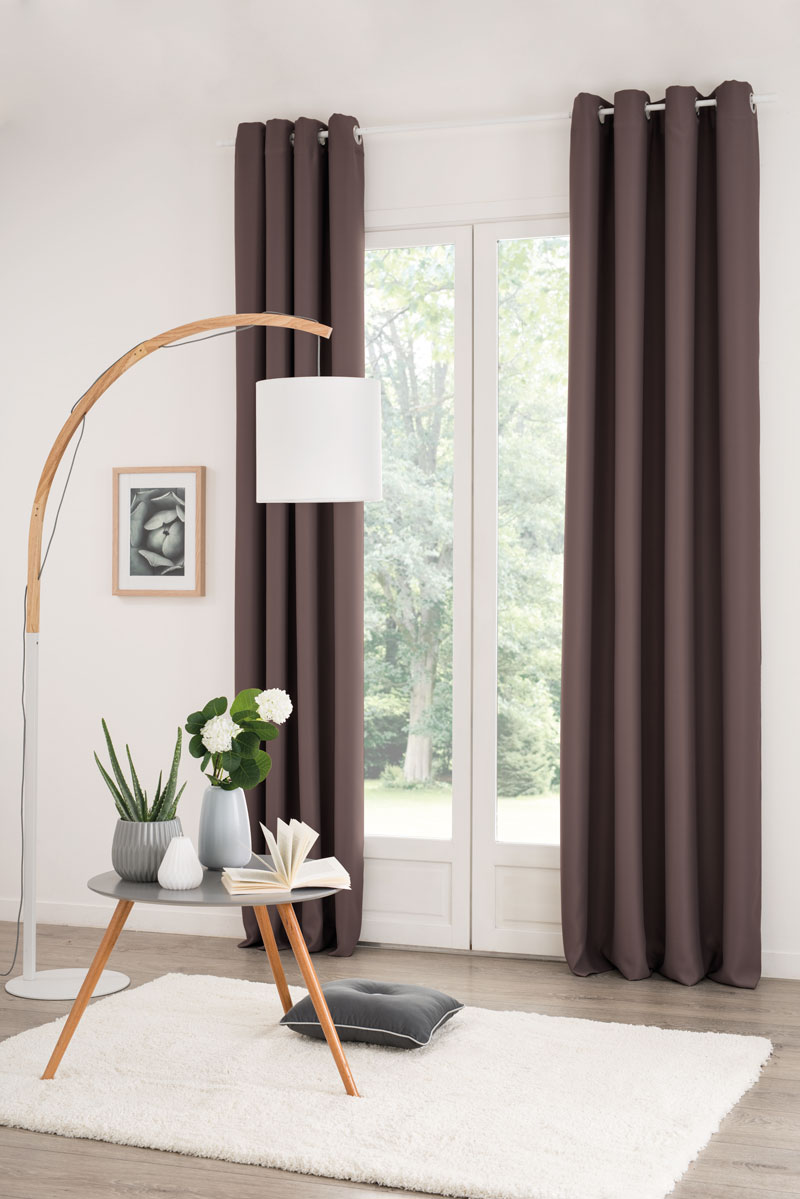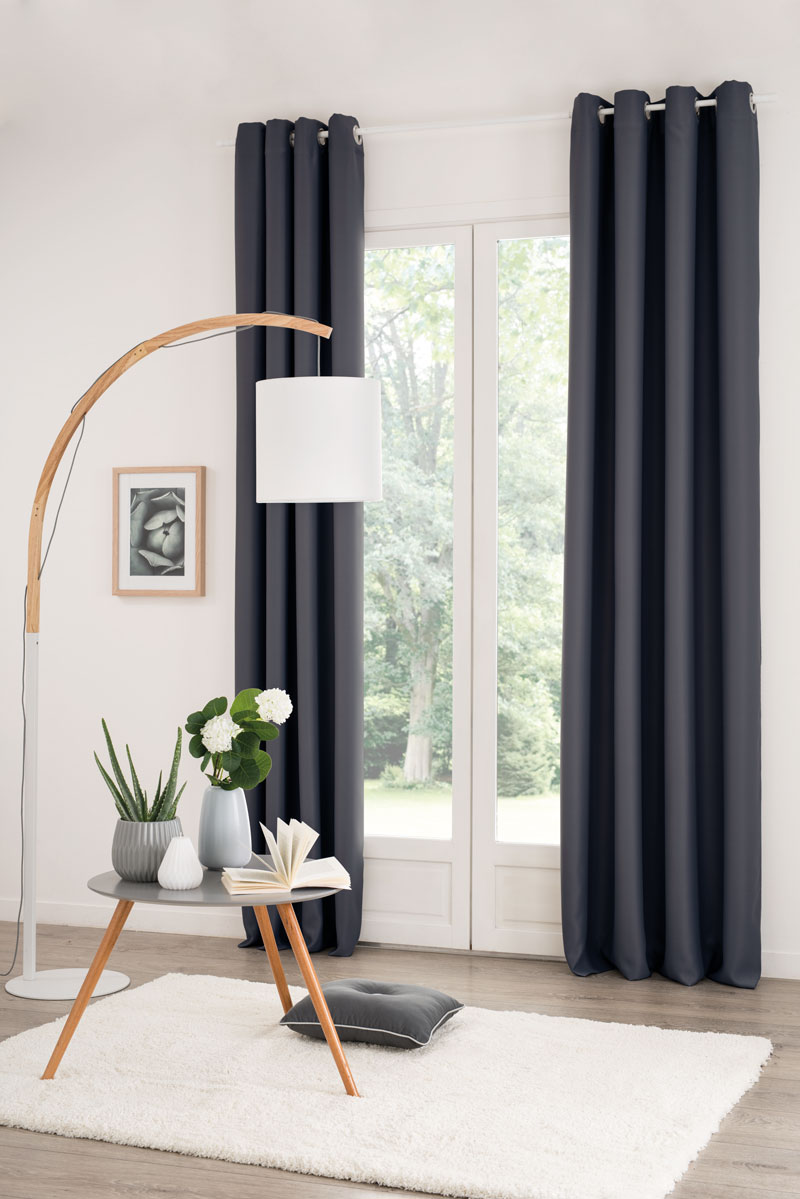Fabric Material: The type of fabric material used in the curtain plays a significant role in light transmission. Sheer and lightweight fabrics like voile or chiffon allow more light to pass through compared to heavy and opaque fabrics like velvet or blackout curtains.
Fabric Weave and Density: The weave pattern and density of the fabric affect its light transmission. Open weaves or loosely woven fabrics tend to allow more light to pass through, while tight weaves or densely woven fabrics restrict light.
Color and Pigmentation: Lighter-colored curtain fabrics generally allow more natural light to pass through, while darker colors absorb more light, resulting in reduced transmission. Additionally, the use of pigments or dyes in the fabric can affect its light-blocking properties.
Opacity and Lining: The opacity of the fabric itself determines its light transmission. Sheer curtains have a high level of transparency and allow ample light to pass through, while blackout curtains have a lining that blocks almost all incoming light.
Layering: The light transmission of a curtain can also be influenced by layering multiple curtains. Combining a sheer curtain with a heavier one can create different light-filtering effects.

Sunlight Direction and Intensity: The angle and intensity of sunlight hitting the curtain affect how much light passes through. The time of day and the orientation of the window relative to the sun's position play a role in light transmission.
Curtain Length and Width: The length and width of the curtain relative to the window size can impact light transmission. Longer and wider curtains can cover more window area and block or filter more light.
Treatments and Coatings: Some curtain fabrics are treated or coated to enhance their light-blocking or light-filtering properties. For example, UV-resistant coatings can reduce the amount of harmful UV rays entering the room.
Curtain Style: Different curtain styles, such as pleated curtains, grommet-top curtains, or rod pocket curtains, can affect how the fabric hangs and how much light is diffused through the folds.
Window Covering Hardware: The type of curtain rod or track used can impact how well the curtain covers the window, affecting light transmission when the curtain is open or closed.
It's essential to consider these factors when selecting curtain fabrics to achieve the desired amount of natural light in a room and to meet specific privacy or light control requirements.

 ENGLISH
ENGLISH  عرب
عرب España
España
